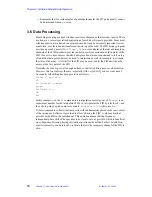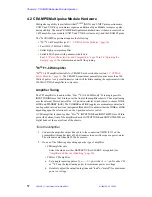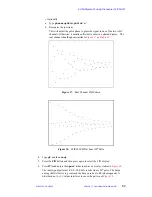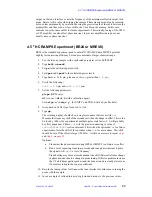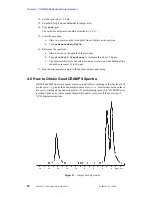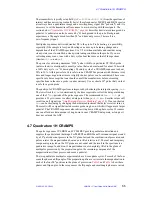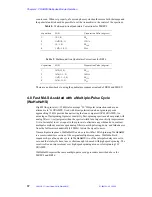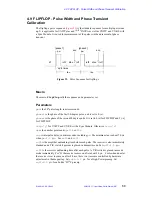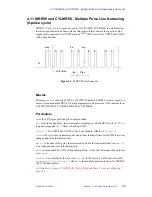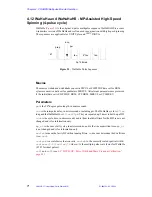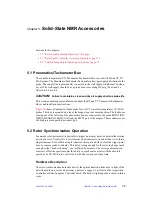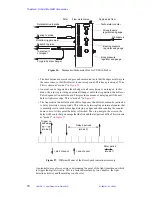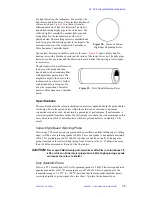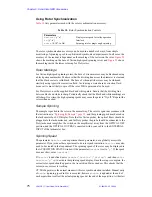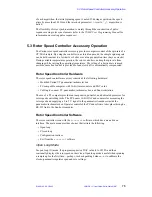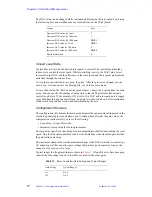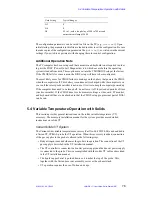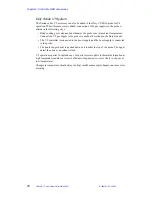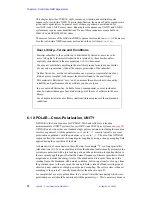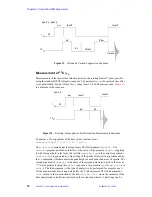
Chapter 4. CRAMPS/Multipulse Module Operation
69
VNMR 6.1C User Guide: Solid-State NMR
01-999162-00 C0402
4.10 BR24 and CYLBR24 - Multiple Pulse Line Narrowing
(24-pulse cycle)
Br24 (
) is the usual sequence used for
1
H CRAMPS. CYLBR24 is a modification
that allows quadrature detection with the transmitter in the center of the spectrum. The
sequences are applicable for UNITYplus and
UNITY
INOVA as well as UNITY and VXR-S
with a Sync Module.
Macros
The macro
br24
converts a S2PUL or FLIPFLOP data set for BR24.
cylbr24
converts
a data set for quadrature BR24. All relevant parameters are preserved if the initial data set
is FLIPFLOP, BR24, CYLBR24, MREV8 or CYLMREV.
Parameters
pw
is the 90
o
degree pulse-length, in microseconds.
p1
is the preparation pulse, in microseconds, whose phase is controlled by the parameter
phase1
. To minimize the “pedestal”
p1
should be set to the 90
o
flip angle and
phase1=135
.
tau
is the interpulse delay, in microseconds, including pw. The BR24 cycle is 36*
tau
long and is repeated
np/2
times to build up a FID.
trig='y'
for UNITY and VXR-S with a Sync Module. Otherwise
trig='n'
.
tauc
is the cycle time, in microseconds and is the actual dwell time for the FID.
tauc
is
not changed and is for information only.
mp_at
is the sum of all cycles, in microseconds, and is the true acquisition time.
mp_at
is not changed and is for information only.
sw=2e6
turns on the fast ADC without analog filters.
sw
does not determine the dwell time
(see
tauc
).
scalesw
is a scale factor that converts
sw=2e6
to the correctly scaled spectral width.
scalesw=(1.0/tauc*sw)*S
where
S
is the multiple-pulse scale factor for Br24
(0.385 for ideal pulses).
rof1
and
rof2
(see
4.9 “FLIPFLOP - Pulse Width and Phase Transient Calibration,”
)
prep
d1
'np'/2 times
pw
tau
2*tau
acq
Figure 23. BR24 Pulse Sequence

